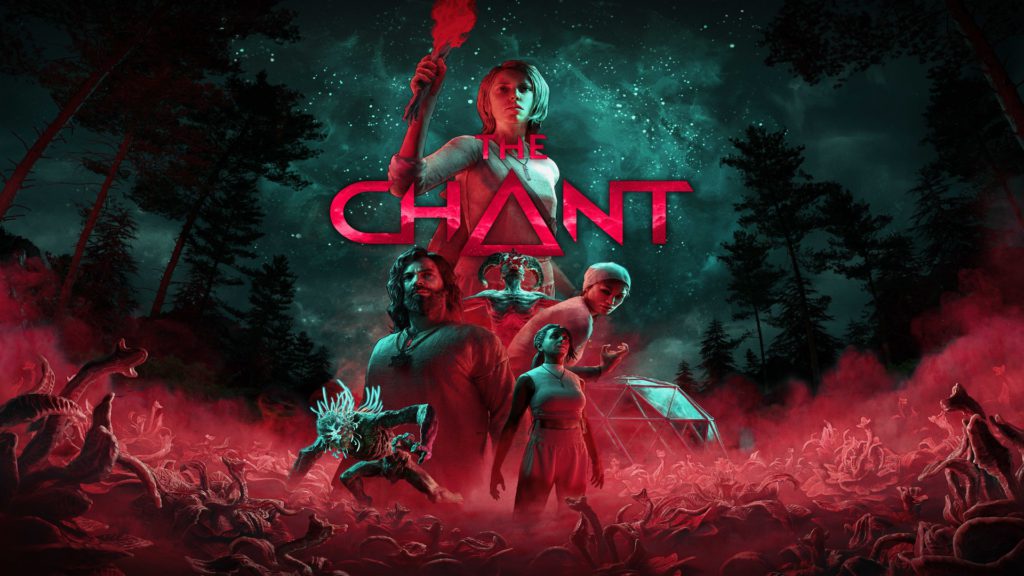
First-time developers, Brass Token, are a small team with a big dream, and with publishers, Prime Matter and Plaion backing them, they have released their first title, The Chant. This third-person, horror-action-adventure game sets to test your mental fortitude when it comes to surviving on an isolated island when things go horribly wrong.
The main character, Jessica Briars, has some trouble coming to peace with some inner turmoils and embraces the invitation from an old friend, Kim Mallari, for a getaway retreat. She has good intentions to face the memories that plague her, but the island isn’t what it seems, despite the wellness-centric environment it is pictured to be.
The illustrious leader, Tyler, is a poster boy for cult leaders, right down to the all-white outfits he adores on his followers. The ‘Prismic Science Spiritual Retreat’ in the secluded location seems to be a ploy to sell some spiritual remedies and attract some tourists for a little getaway, that is until the ceremony awakens the gloom.
Voiced by Siobhan Williams, who is no stranger to a spooky game after The Quarry earlier this year, Jessica is brought to life with intense and traumatic delivery as she fights her way through nightmares and mental torment.
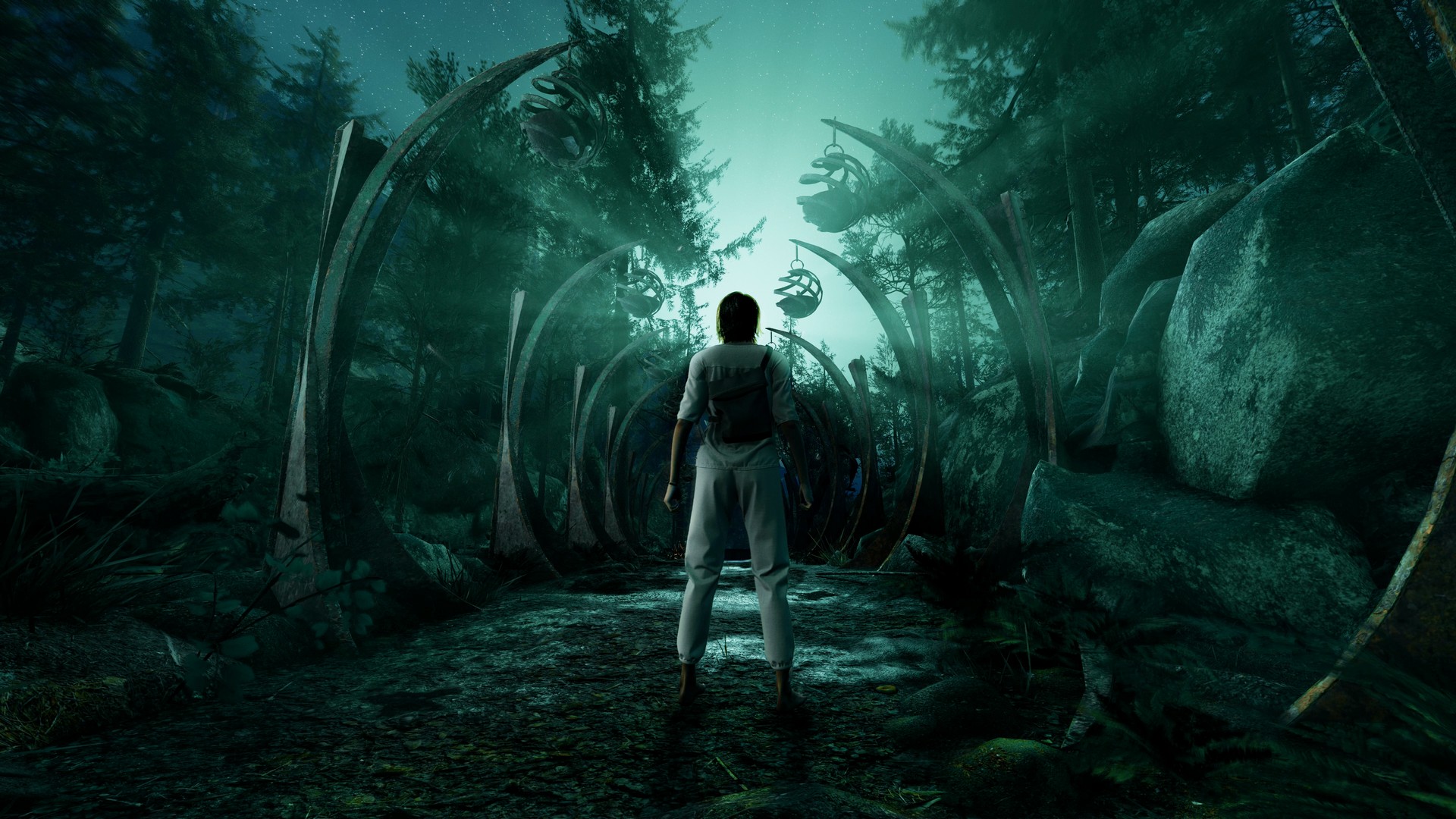
Most of the cast’s vocal performances were well played out and were reminiscent of the B-grade horror flicks, in a good way though. Their twisted and corrupted characters spent most of their time screaming and wailing in agony as things turn ugly fast, and the psychedelic-style inspired score was pierced with unsettling and disturbing gurgling monsters that lay in wake.
If you just power through the game from start to finish, it would be a little hard to connect on a deeper level to these characters as you have literally just met them before things get thrown out the window.
The reliance on collectable notes dumping the majority of the exposition is a good way to build the world mythology, and the film reels you can find provide a visual history of the island too, but they can just be so easily missed, and if you find them out of order, the impact may be lost.
The game is balanced through three key indicators, being mind, body, and spirit. The mind indicator is drained in stressful or dark situations and can force Jessica into a panic attack, which leaves her venerable and unable to attack until she recovers away from the horrors. Your spirit level can recharge your mind through meditation in a safe area by holding down the ‘A’ button or by consuming lavender.
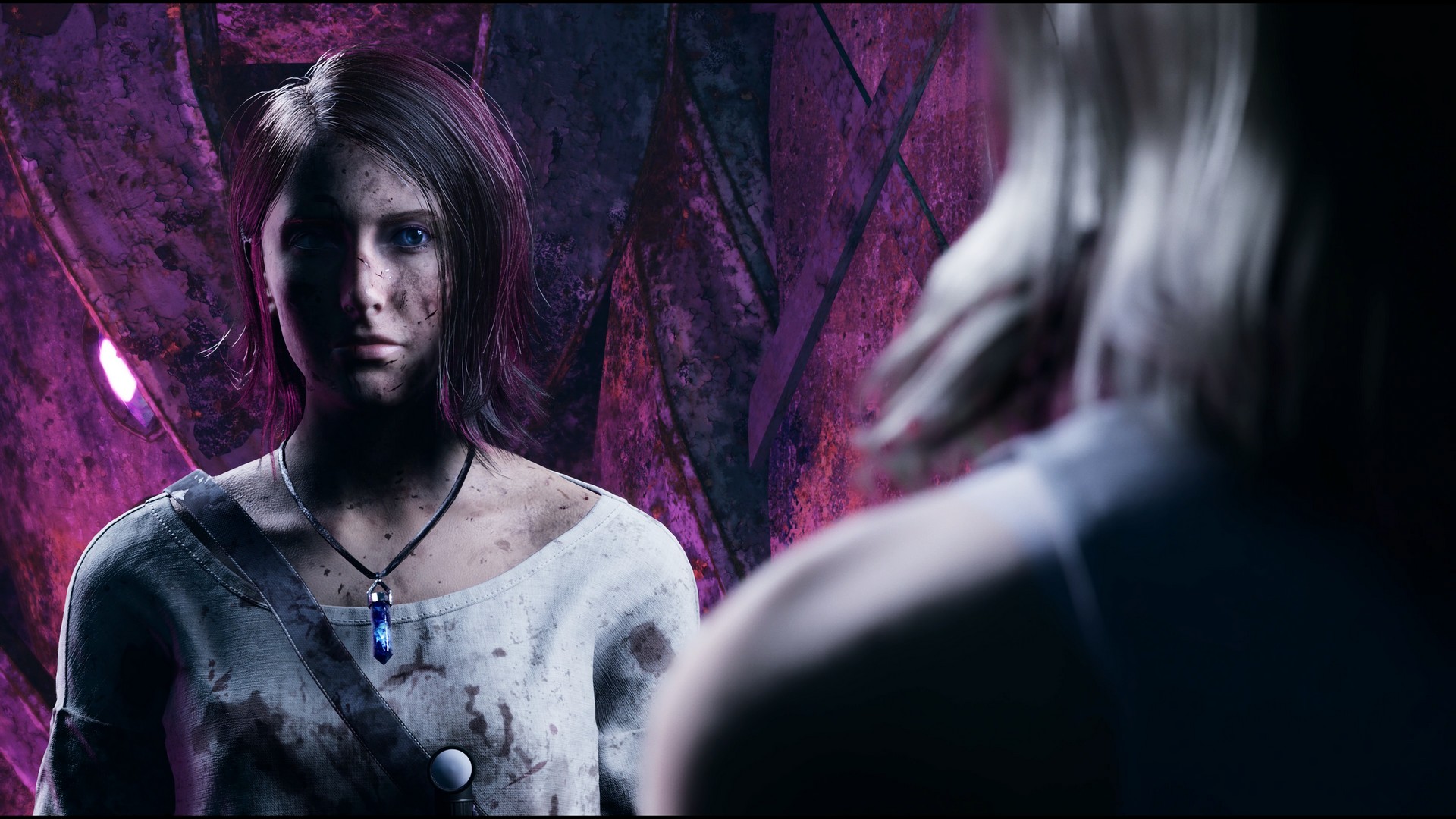
Your body is directly affected by physical attacks, and consuming ginger will replenish your health. The three levels of difficulty didn’t seem to change the attack patterns all that much but would sway the game into becoming very fragile with damage sponge enemies or forgiving a few mistakes, but overall, it still required the player to actively manage their three stats.
There are two realms of reality that you will face and each brings its own combatants and challenges. In the current realm, the corruption of the gloom has turned the inhabitants into demonic humans with black ooze seeping out. They can be found with animal skulls as headdresses and will brutally beat you if they can catch you.
In the Gloom realm, the shimmering colours are distressing and house a multitude of beasts, with the likes of Mimicrawlers that have limbs as long as an entire human and faces that bloom into a flowering maw. They have predictable movements but will make short work of you if you falter. Large Mandacores pinned to the wall act as gateways to the Gloom and must be dealt with as the longer you are in their realm, the faster your mind will drain.
The idea and enemy variety were quite well presented but the combat itself felt just shy of where it should be. There were many boss fights in the game that continued to scale in increasingly creative ways to the point that they would span multiple arenas and require you to endure several stages of the fights.
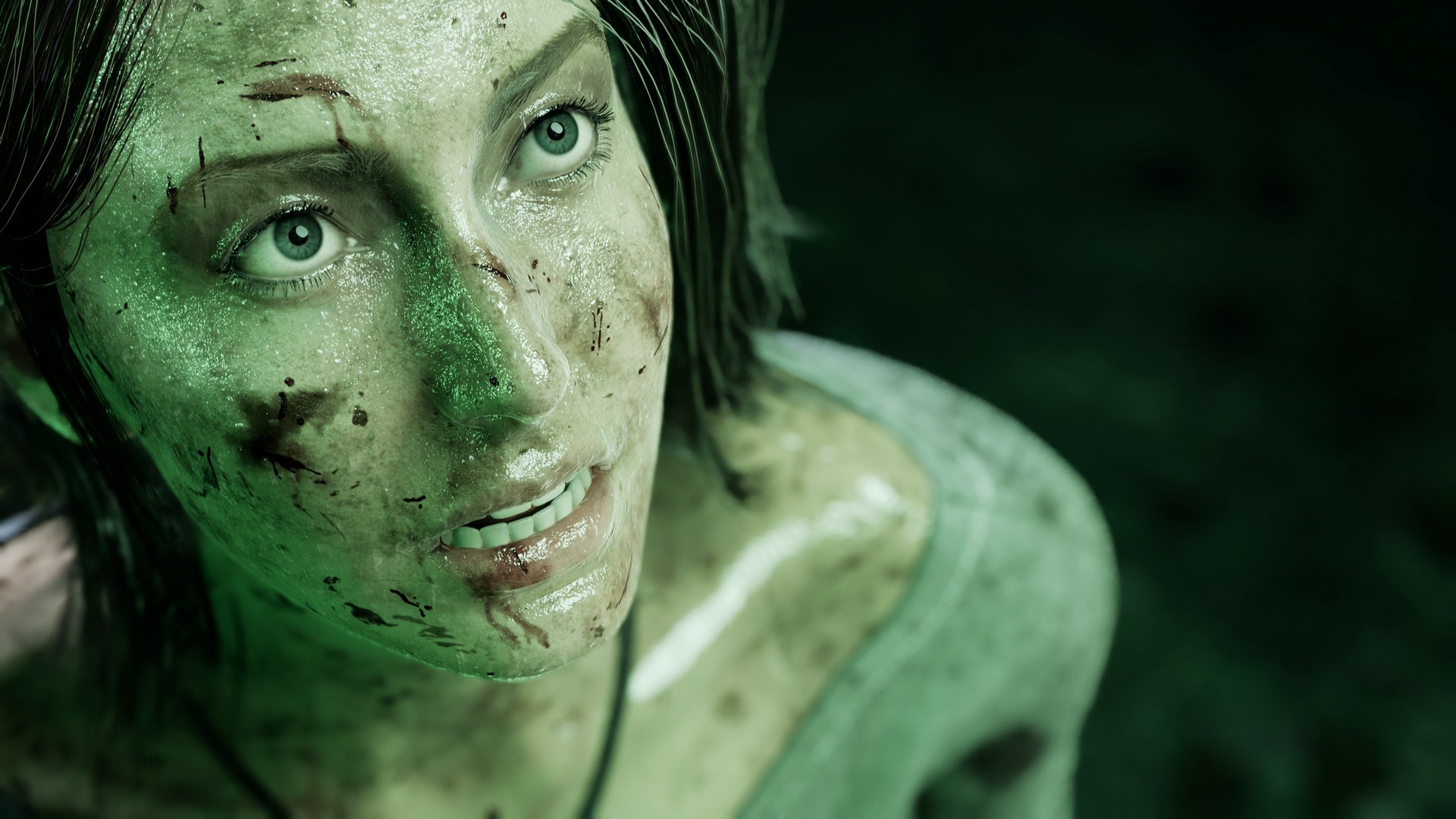
The dodge feature is a risk vs reward style as dodging too much will cause you to fall, but it seemed to either work flawlessly or was made redundant as particular attacks, despite looking like you easily dodged it, would strike you all the same.
The attack patterns from you were either tap the right trigger furiously or hold for a stronger attack, had the same animations, and usually offered the same damage output, which gave me little reason to try any combos, and instead, just focused on fast attacks before I would circle out of combat to regroup. The auto-lock feature did prove helpful though as the camera, being in the third person, would always focus on the immediate threat, as more often than not, that would be the one I would need to attack.
The weapons system revolves around crafting, which was never so critically dire that I felt I couldn’t use my items. Binding a bundle of sage would help to ward out enemies, as well as actually deal damage on hits. Essential oils could be placed on the ground as traps, and throwing salt helped to stun the demons so I could strike with a Witch stick that gave spirit energy back.
It was a well-versed system that could be brought up by holding the left trigger, which also slowed time so I could pick my load-outs. To its credit, the game had a well-versed synergy of items that complimented each other, and even though I could run out of supplies, I was encouraged to get creative and throw out everything but the kitchen sink.
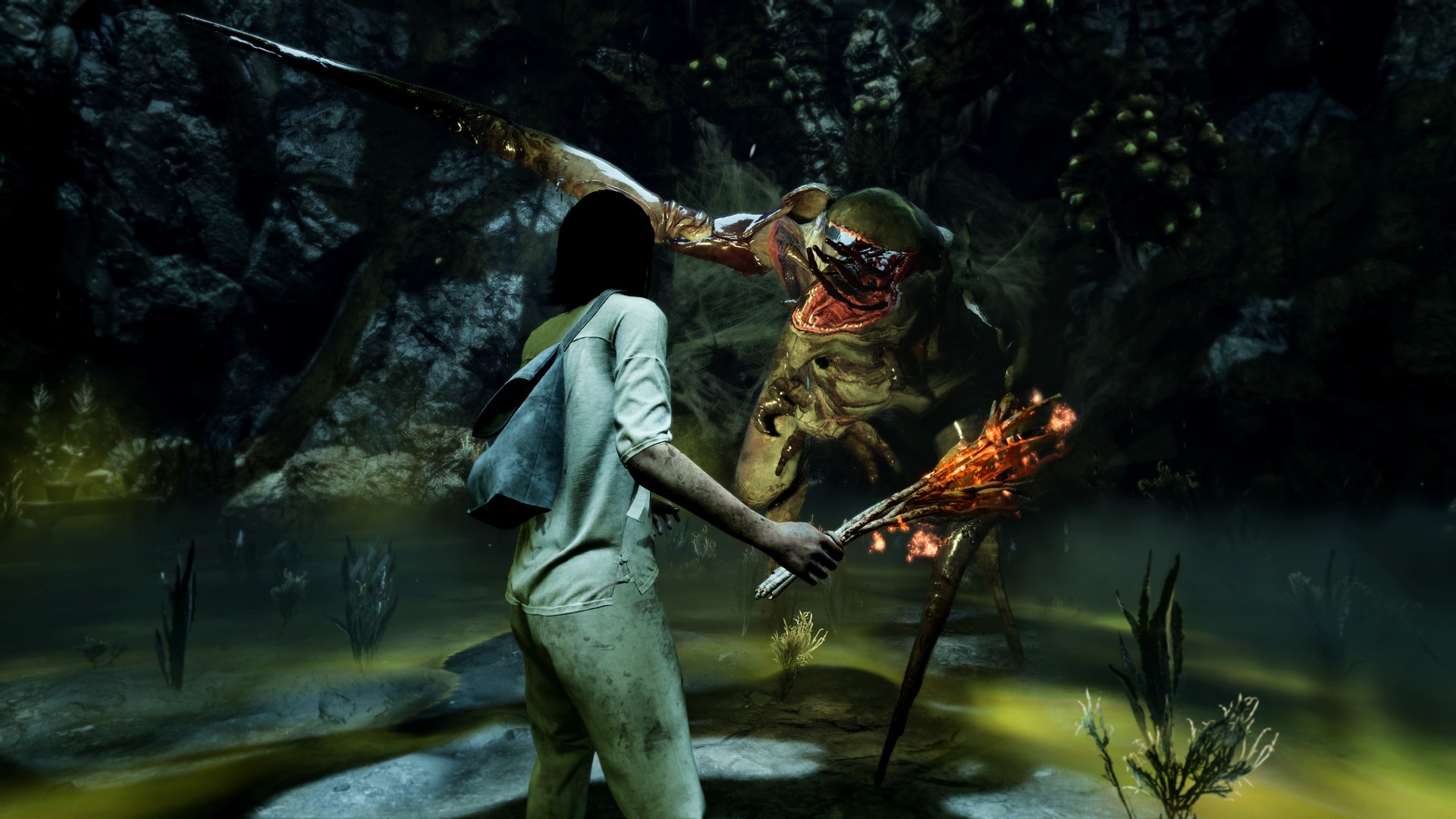
The area of the game that was serviceable but not outstanding was the loose grip on environmental puzzles that essentially boiled down to finding some items and then combining them into a key. While not foreign to the horror genre, I didn’t feel like the threat of not solving a puzzle was going to be life or death, but rather, a tick-off-the-box objective before we let you move on.
The upgrade tree was also nice but nothing special, as the majority of upgrades were simply a ‘plus a percentage better stats’, only offering a few unique upgrades such as a perfect dodge slowing time, which is a huge upgrade, but it made me wonder why the other 80% of upgrades were basic stat boosts.
The Chant may very well because a cult classic as the intensity starts and doesn’t stop. The overall experience could realistically be completed in one sitting. A long one at that, but with three endings to chase, a repeated playthrough is tantalisingly present, and I am getting set to go in for a pacifist run. The pitfalls may be there, but they look shallow in the rear vision mirror, and for a first-time entry from a brand-new studio, The Chant is a solid entry into the horror genre.

The Good
- Plenty of equipment to use that has great synergies
- Intensity ramps up through the entire game
- Psychedelic events are both mesmerising to watch and listen to
- Boss battles get better with each fight
- Multiple endings encourages replay runs
The Bad
- Most of the background story can be easily missed
- Combat mechanics can feel sluggish
- Skill tree didn’t offer enough meaningful upgrades








